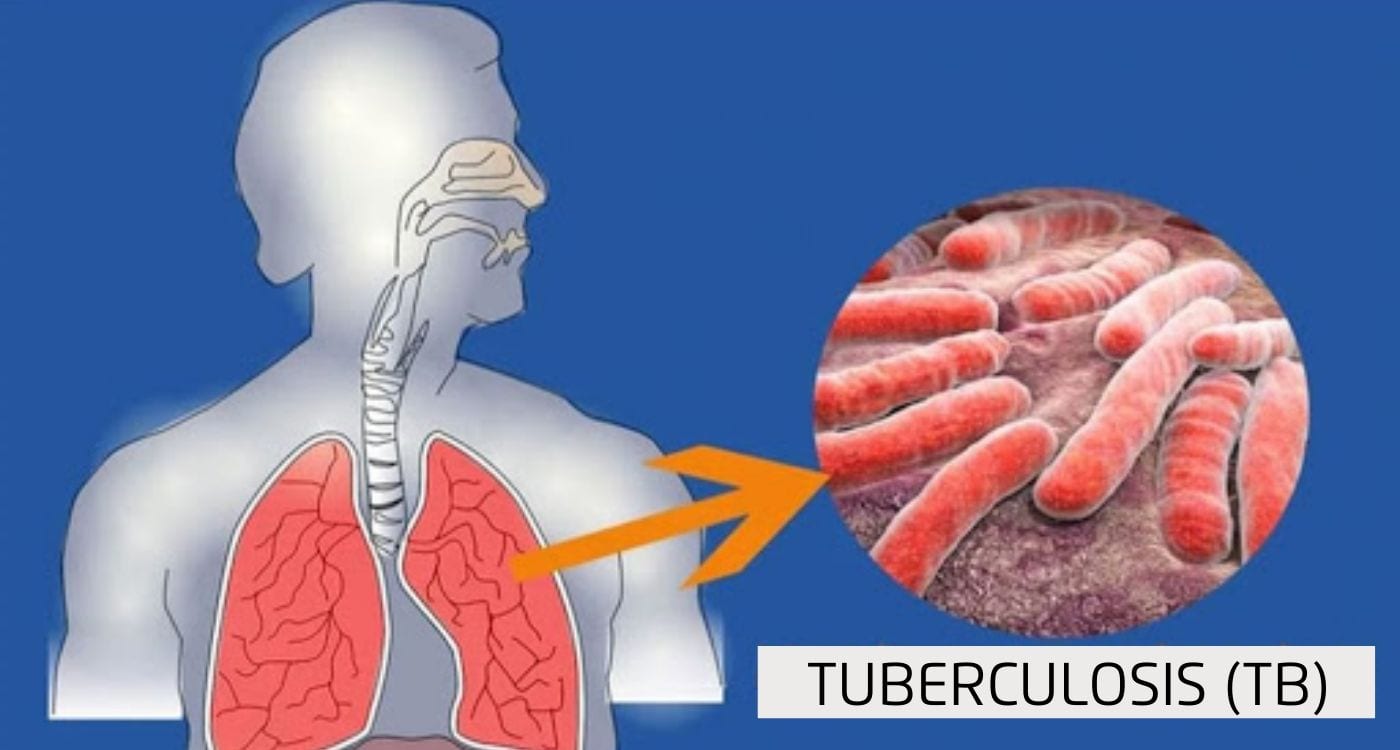News Highlight
India has the perfect platform to enable the world to get to the end of Tuberculosis sooner.
Key Takeaway
- The world took notice when the World Health Organization proclaimed tuberculosis (TB) a global health emergency in 1993.
- Adult tuberculosis therapy was named the best buy among all developmental initiatives in the 1993 World Development Report.
- In the 30 years since the response has been short on urgency and long on protocols.
- The goal is to eradicate tuberculosis by 2030, although clarity on definitions of ‘end’ and verification methods is lacking.
Tuberculosis (TB)
- About
- Mycobacterium tuberculosis is a bacterium that belongs to the Mycobacteriaceae family, which has roughly 200 members.
- Certain Mycobacteria cause human diseases such as tuberculosis and leprosy, while others infect various animals.
- TB most usually affects the lungs in humans (pulmonary TB) but can also affect other organs (extra-pulmonary TB).
- TB is an ancient disease documented as far back as 3000 BC in Egypt.
- It is a treatable and curable disease.
- Transmission
- Tuberculosis spreads through the air from person to person.
- When persons with lung tuberculosis cough, sneeze, or spit, the TB germs are released into the air.
- Symptoms
- Cough with sputum and blood at times, chest pains, weakness, weight loss, fever, and night sweats are all common symptoms of active lung TB.
India and Tuberculosis
- India leads the way regarding TB, with over 2 million cases reported in 2018.
- The Indian government encourages the development of innovative technologies that will improve TB research and development (R&D) while rejecting those that would not benefit the system.
- The Indian government seeks to develop programmes in partnership with the Ministries of Science and Technology, Health, and other research-oriented pharmaceutical businesses.
- Its goal is to achieve the country’s TB elimination targets.
- Case-finding programmes have been considered to avoid TB detection delays.
Pradhan Mantri Tuberculosis (TB) Mukt Bharat Abhiyaan
- About
- It is a Ministry of Health and Family Welfare project (MOHFW).
- The goal is to hasten the country’s progress towards TB eradication by 2025.
- Objectives
- Increase patient support to improve TB treatment outcomes.
- Increase community participation in reaching India’s aim to eradicate tuberculosis by 2025.
- Make use of Corporate Social Responsibility (CSR) activities.
Initiatives by the government for TB eradication
- National Strategy Plan 2017-2025.
- The National Tuberculosis Elimination Program (NTEP) is a federally funded programme.
- The Indradhanush programme includes the Bacillus Calmette-Guérin (BCG) vaccination.
- The NTEP aims to terminate the TB pandemic in the country by 2025, five years ahead of the 2030 Sustainable Development Goals (SDG).
- VPM (Vaccine Projekt Management) 1002 and MIP (Mycobacterium Indicus Pranii) vaccines have been produced and are currently in Phase 3 clinical trials.
- Yojana Ni-kshay Poshan provides Rs 500 to assist patients via direct benefit transfer.
- Under the Ayushman Bharat Digital Health Plan, the government has also focused on harnessing technology and generating digital health IDs for TB patients to guarantee accurate diagnosis and treatment are available.

Conclusion
- India is holding the G20 presidency this year and hosting the StopTB board meeting in Varanasi.
- In addition to the United Nations High-Level Conference on Tuberculosis (TB) set for September 2023.
- Furthermore, India has a unique chance to highlight its efforts in the fight against tuberculosis and expedite progress towards the disease’s elimination.
Pic Courtesy: freepik
Content Source: The Hindu



